 Mercedes-Benz’s new plug-in Mercedes-Benz A250e hybrid offers up to 73km of electric-only range, but otherwise excels at being normal (which is a good thing)
Mercedes-Benz’s new plug-in Mercedes-Benz A250e hybrid offers up to 73km of electric-only range, but otherwise excels at being normal (which is a good thing)
The problem with so many of the early EVs and PHEVs is that they tried to be different for the sake of it. Slowly, manufacturers realised that aside from the virtue-signalling early adopters, most consumers just want a car that looks and behaves like a car. Enter the latest offering from Mercedes-Benz; the A250 e. If it wasn’t for the lower-case suffix to the familiar model name, the e gives few clues to its plug-in hybrid status, and it’s all the better for that discretion.
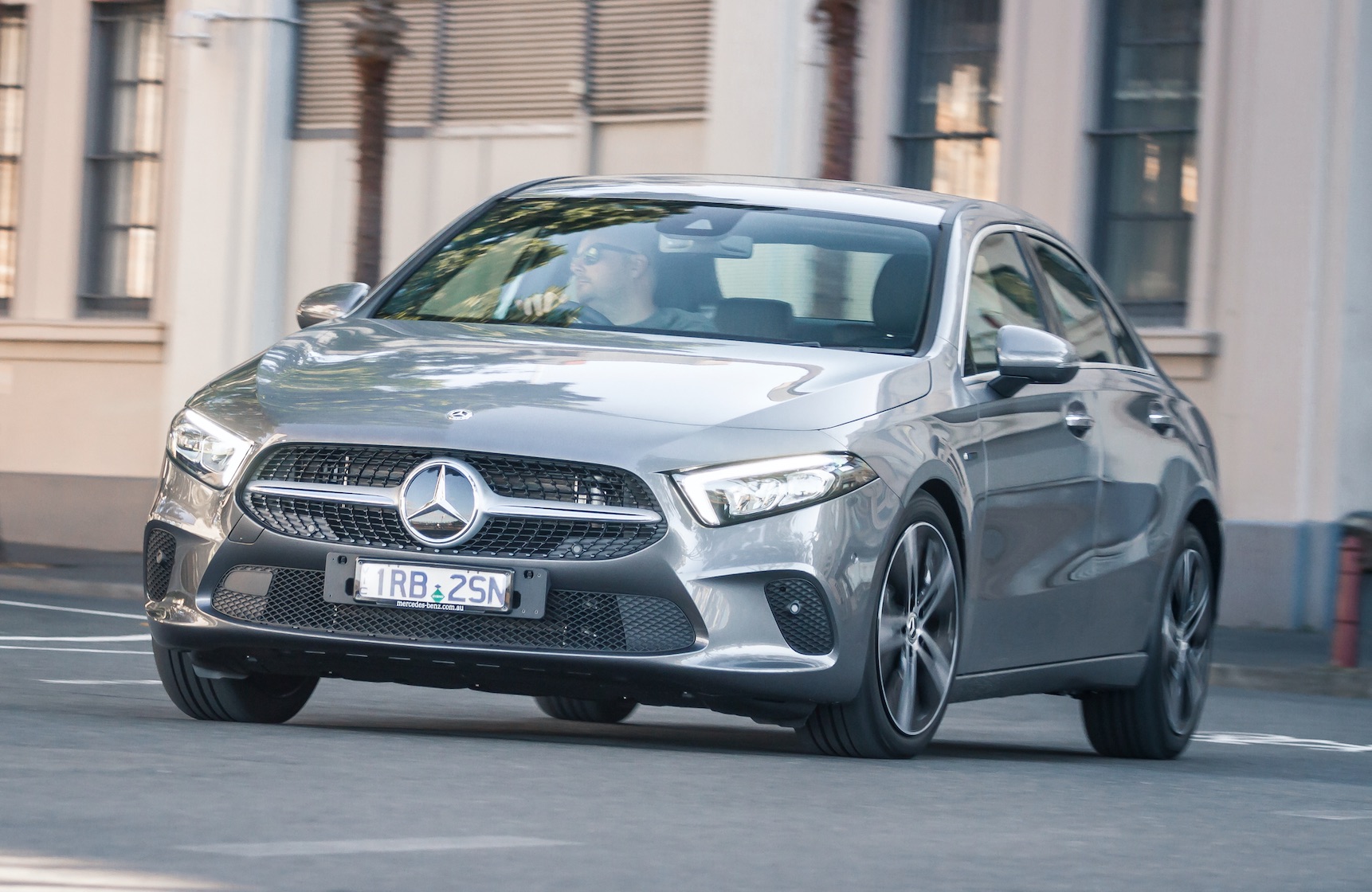 Available in sedan and hatch body styles, the A250 e sits on the middle tier of Mercedes-Benz’s EQ strategy. The first tier is known as EQ Boost and consists of mild-hybrid models that feature the brand’s 48V system with some electric augmentation (such as the GLE 53 Coupe that we tested recently). The middle rung, occupied by the A250 e and any Benz model with an e suffix, is known as EQ Power and denotes plug-in hybrid vehicles. The top tier, simply EQ, is for full electric vehicles such as the EQC.
Available in sedan and hatch body styles, the A250 e sits on the middle tier of Mercedes-Benz’s EQ strategy. The first tier is known as EQ Boost and consists of mild-hybrid models that feature the brand’s 48V system with some electric augmentation (such as the GLE 53 Coupe that we tested recently). The middle rung, occupied by the A250 e and any Benz model with an e suffix, is known as EQ Power and denotes plug-in hybrid vehicles. The top tier, simply EQ, is for full electric vehicles such as the EQC.
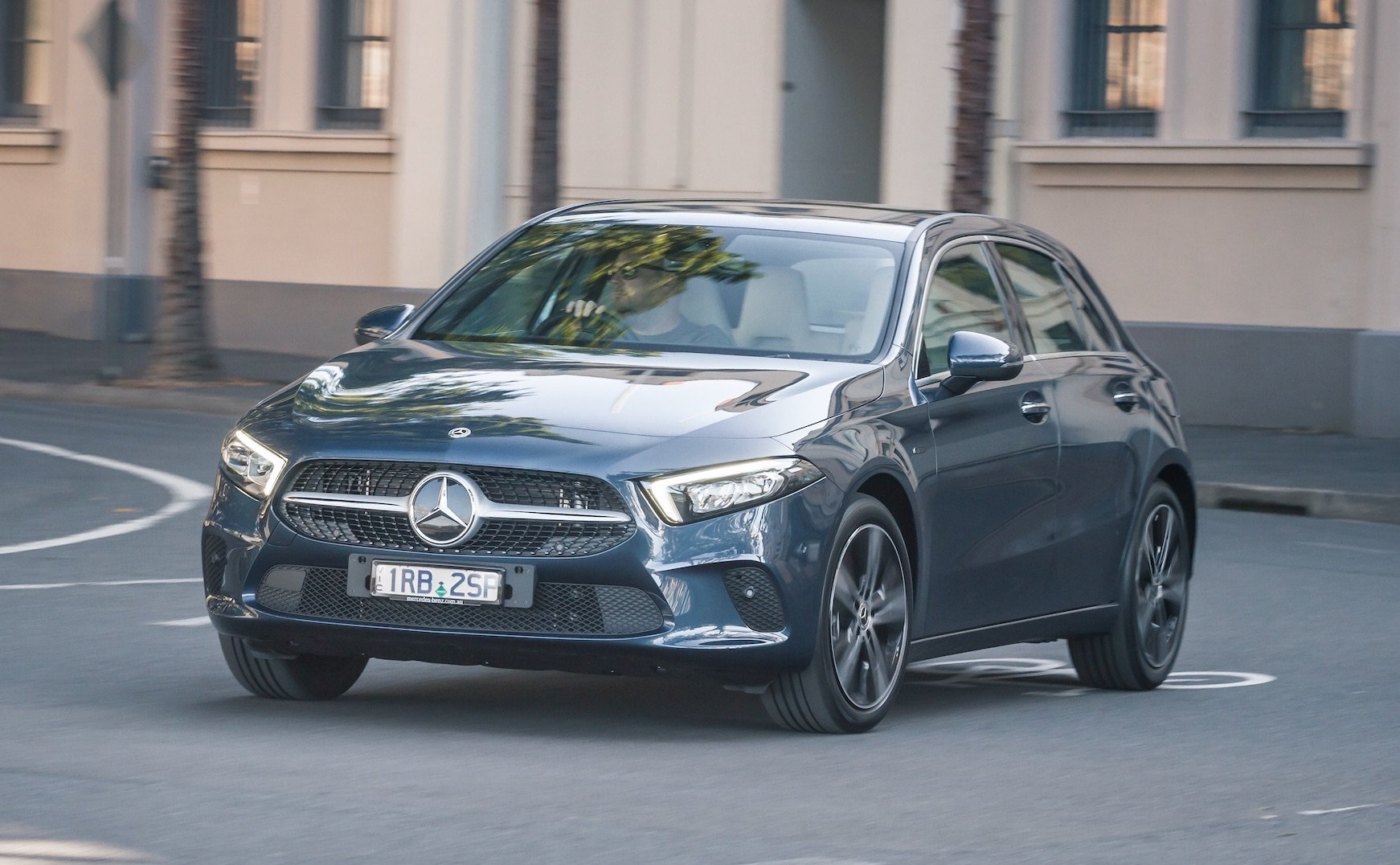 As a plug-in hybrid, the A250 e combines a combustion engine (a 118kW, 250Nm turbocharged 1.3-litre four-cylinder) with an electric motor. Doing away with a traditional starter motor, the electric motor is compactly packaged within the same housing as the eight-speed DCT. Drawing from the 15.6kWh battery, the electric motor delivers 75kW and 300Nm, giving the A250 e a combined system output of 160kW and 450Nm.
As a plug-in hybrid, the A250 e combines a combustion engine (a 118kW, 250Nm turbocharged 1.3-litre four-cylinder) with an electric motor. Doing away with a traditional starter motor, the electric motor is compactly packaged within the same housing as the eight-speed DCT. Drawing from the 15.6kWh battery, the electric motor delivers 75kW and 300Nm, giving the A250 e a combined system output of 160kW and 450Nm.
According to the official ADR result, the A250 e has an electric-only range of up to 73km and this seems relatively accurate as we managed 61km of electric-only running while commuting around Sydney, and we weren’t always driving for efficiency.
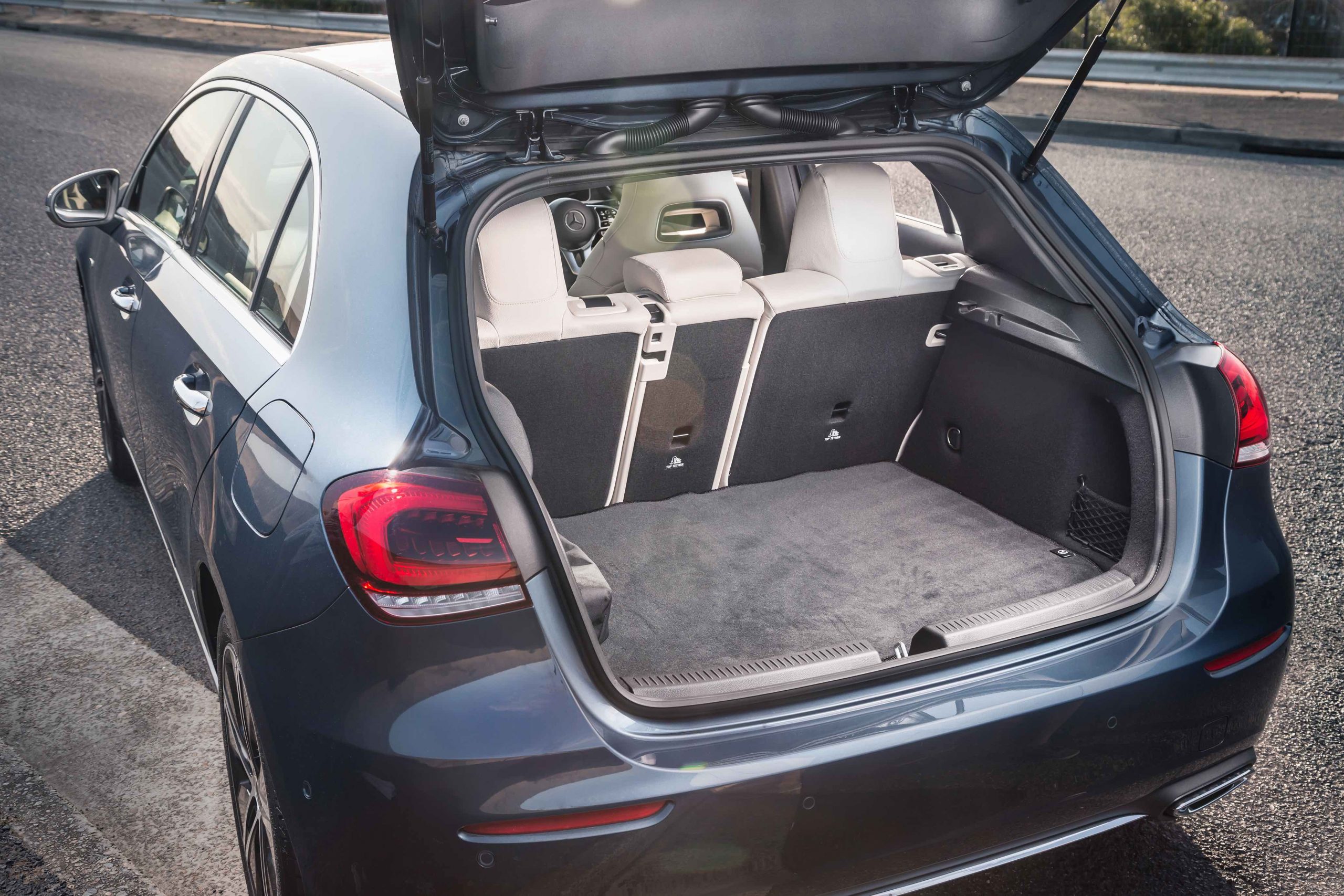 The 150kg water-cooled lithium-ion battery is housed within the chassis under the rear seat, truncating the path of the exhaust, which now exits under the centre of the car – yes, the twin outlets in the rear bar are fake. Despite the chargers mounted under the boot floor, there’s only minimal compromising of boot space – 310 litres in the hatch and 355 litres in the sedan. The fuel tank for the internal combustion engine has been reduced to 35 litres, but there’s no range anxiety as the A250 e has an ADR combined cycle result of 1.6L/100km. In the real world, you’ll easily exceed 500km from a tank and a charge.
The 150kg water-cooled lithium-ion battery is housed within the chassis under the rear seat, truncating the path of the exhaust, which now exits under the centre of the car – yes, the twin outlets in the rear bar are fake. Despite the chargers mounted under the boot floor, there’s only minimal compromising of boot space – 310 litres in the hatch and 355 litres in the sedan. The fuel tank for the internal combustion engine has been reduced to 35 litres, but there’s no range anxiety as the A250 e has an ADR combined cycle result of 1.6L/100km. In the real world, you’ll easily exceed 500km from a tank and a charge.
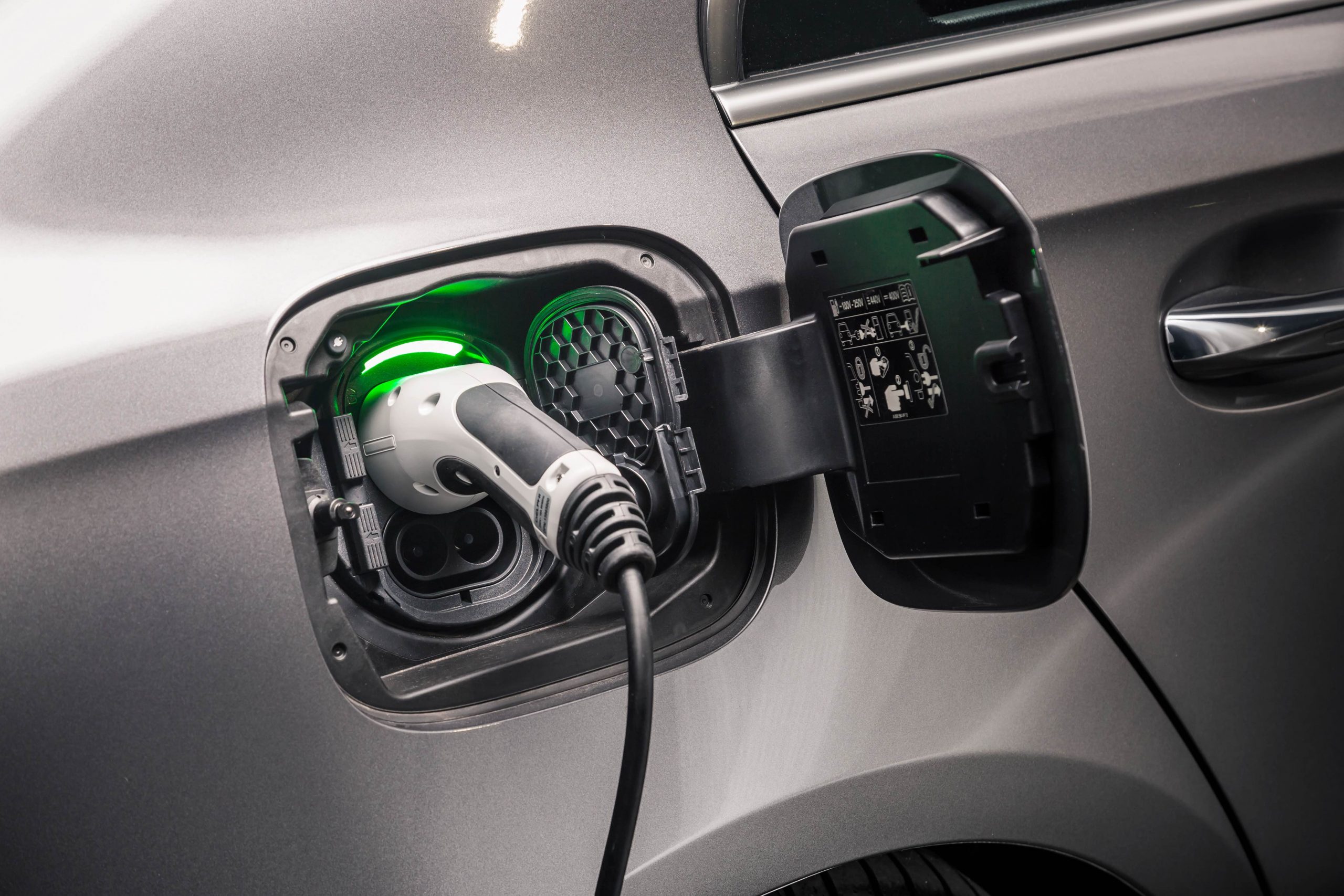 The battery charges via energy recuperation while braking, via the engine or via AC and DC charging. Using a standard AC Type 2 plug, the A250 e charges at a rate of 3.7kW, meaning that a charge from 10-100 percent would take approximately 7.5 hours (easily accomplished overnight or during the working day). For $1250, the Mercedes-Benz Wallbox Home delivers a 7.4kW charge rate on single-phase power or 22kW on three-phase. The fast-charging DC Charging Package ($1490) is also available with a 24kW charge rate that can replenish the A250 e’s battery from 10-80 percent in 25 minutes. This package also increases the AC charging system to 7.4kW.
The battery charges via energy recuperation while braking, via the engine or via AC and DC charging. Using a standard AC Type 2 plug, the A250 e charges at a rate of 3.7kW, meaning that a charge from 10-100 percent would take approximately 7.5 hours (easily accomplished overnight or during the working day). For $1250, the Mercedes-Benz Wallbox Home delivers a 7.4kW charge rate on single-phase power or 22kW on three-phase. The fast-charging DC Charging Package ($1490) is also available with a 24kW charge rate that can replenish the A250 e’s battery from 10-80 percent in 25 minutes. This package also increases the AC charging system to 7.4kW.
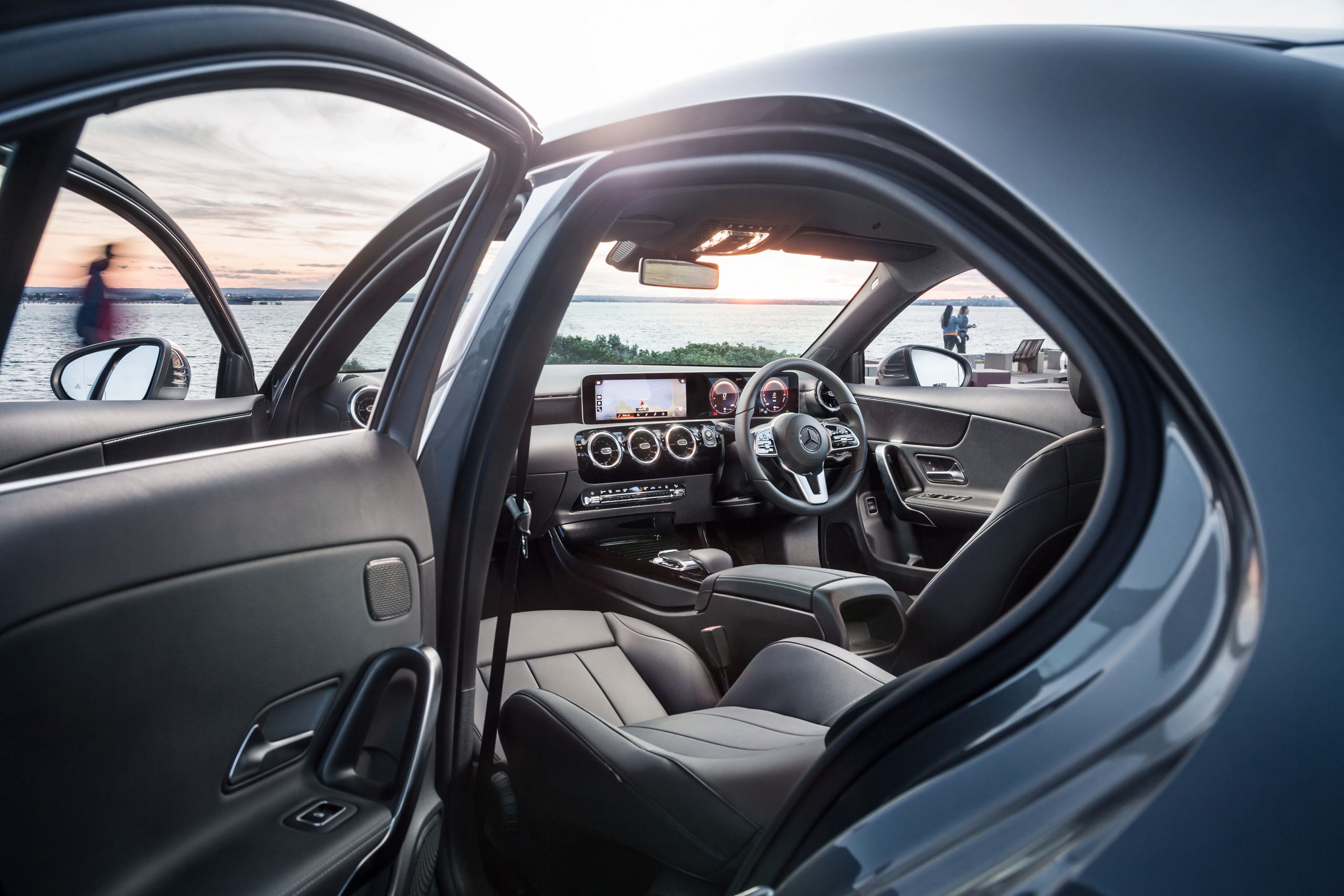 So far, so easy, but what’s it like to drive? Just like an A-Class, actually. You don’t notice the additional weight of the battery and associated cabling and systems (circa 200kg in total) in terms of ride quality or performance. In fact, the performance of the A250 e might come as a bit of a surprise. In the Electric drive programme, there’s genuine urge to more than keep up with the flow of traffic and the A250 e will reach 140km/h on EV power. In this mode, the internal combustion engine will engage if you depress the throttle pedal beyond the kickdown point, but otherwise it remains silent. Unlike some EVs and PHEVs, the A250 e’s braking response feels pretty natural with an easy to modulate pedal. It doesn’t offer the last word on feel, but nor is it abrupt or disconnected. You can dial in the brake energy recuperation through five stages via the steering wheel paddles.
So far, so easy, but what’s it like to drive? Just like an A-Class, actually. You don’t notice the additional weight of the battery and associated cabling and systems (circa 200kg in total) in terms of ride quality or performance. In fact, the performance of the A250 e might come as a bit of a surprise. In the Electric drive programme, there’s genuine urge to more than keep up with the flow of traffic and the A250 e will reach 140km/h on EV power. In this mode, the internal combustion engine will engage if you depress the throttle pedal beyond the kickdown point, but otherwise it remains silent. Unlike some EVs and PHEVs, the A250 e’s braking response feels pretty natural with an easy to modulate pedal. It doesn’t offer the last word on feel, but nor is it abrupt or disconnected. You can dial in the brake energy recuperation through five stages via the steering wheel paddles.
The ride quality and body control aren’t quite on par with the A250 4Matic as the e drops that model’s multi-link rear suspension for a more compact torsion beam rear end that helps house the chargers and maintain boot space.
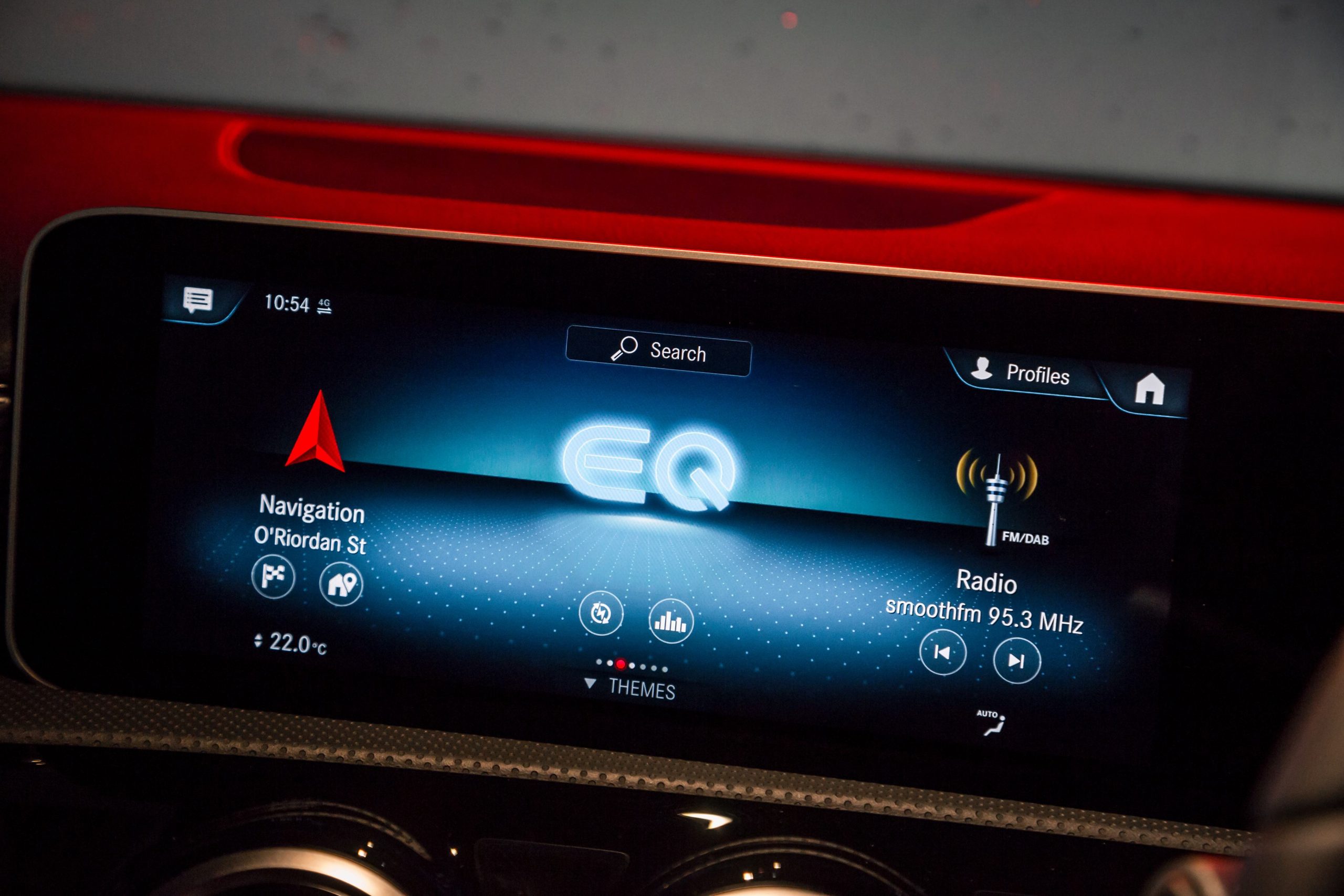 In addition to Electric and Battery Level modes, the usual Comfort, Eco and Sport modes are available for the turbocharged four-cylinder engine. With a combined system output of 160kW and 450Nm, the A250 e is anything but slow. Mercedes-Benz claims a 0-100km/h time of 6.6 seconds for the hatch and 6.7 for the sedan. It feels every bit as quick as that and is a set of stickier tyres away from putting the frighteners on a genuine hot hatch. Mercedes’ non-hybrid A250 4Matic model (165kW, 350Nm and all-wheel drive) does the dash in 6.2 seconds.
In addition to Electric and Battery Level modes, the usual Comfort, Eco and Sport modes are available for the turbocharged four-cylinder engine. With a combined system output of 160kW and 450Nm, the A250 e is anything but slow. Mercedes-Benz claims a 0-100km/h time of 6.6 seconds for the hatch and 6.7 for the sedan. It feels every bit as quick as that and is a set of stickier tyres away from putting the frighteners on a genuine hot hatch. Mercedes’ non-hybrid A250 4Matic model (165kW, 350Nm and all-wheel drive) does the dash in 6.2 seconds.
Aside from the drivetrain, the A250 e is much like any highly-specced A-class. Standard equipment includes 18-inch alloys, MBUX infotainment system with digital widescreen, Blind Spot Assist, Lane Keep Assist, Traffic Sign Assist, nine airbags, and Adaptive High Beam assist.
At $63,400 for the hatch and $66,000 for the sedan, the A250 e looks expensive on paper but in practice it offers value for money for those looking to do their bit for the environment. More importantly, it looks and functions like a normal car for those that don’t need to signal those intentions to the world.
Jesse Taylor




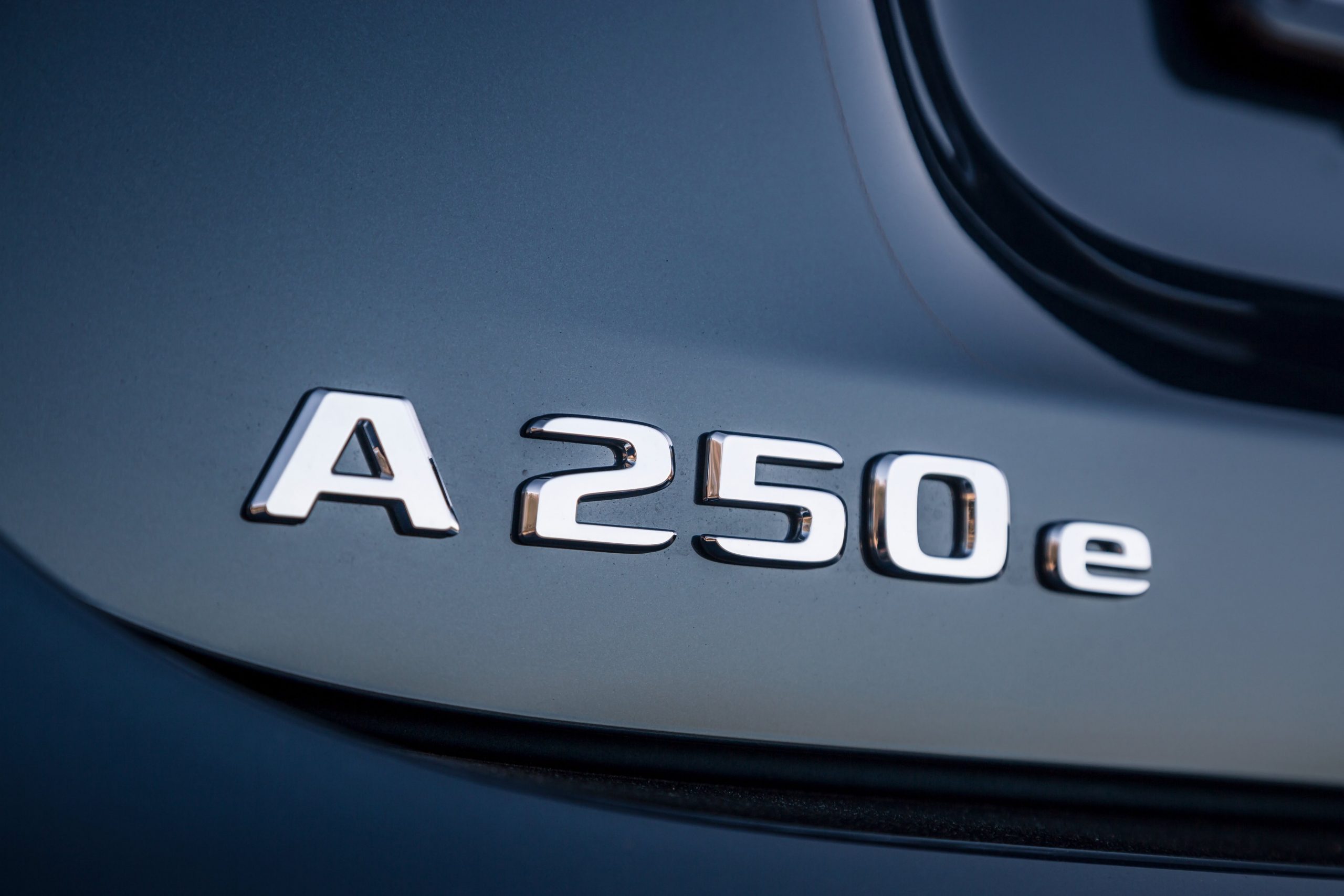 Mercedes-Benz’s new plug-in Mercedes-Benz A250e hybrid offers up to 73km of electric-only range, but otherwise excels at being normal (which is a good thing)
Mercedes-Benz’s new plug-in Mercedes-Benz A250e hybrid offers up to 73km of electric-only range, but otherwise excels at being normal (which is a good thing)